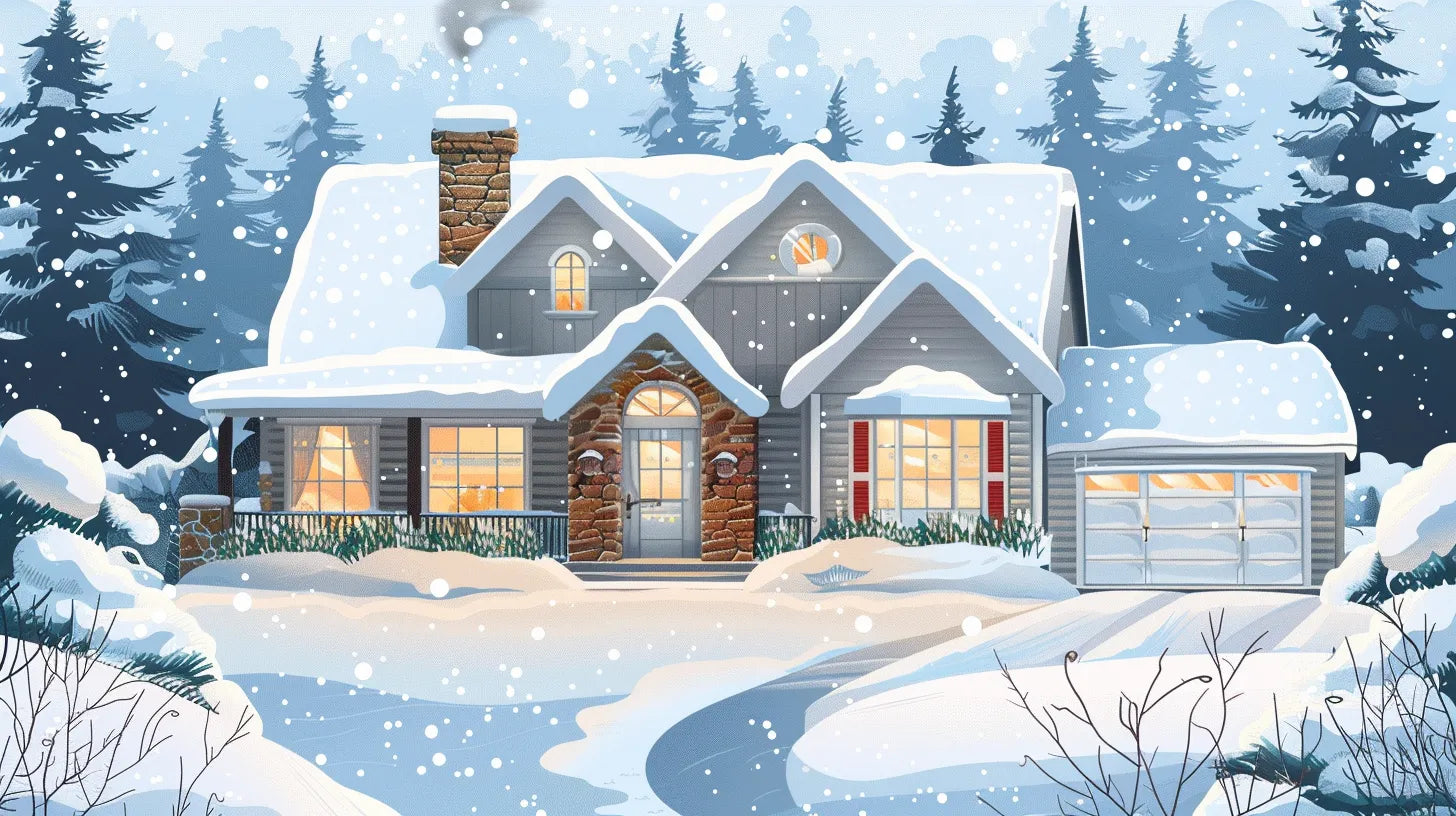In the heart of winter, when the specter of power outages looms large, the risk of pipes freezing can escalate from a minor nuisance to a significant concern, potentially causing extensive damage to one's home.
While many are familiar with the conventional wisdom of leaving faucets dripping and opening cabinet doors, there are a multitude of lesser-known strategies and preventative measures that can be employed to safeguard your plumbing system during electricity shortages.
Exploring these methods not only enhances one's preparedness for winter's unpredictability but also illuminates the innovative ways homeowners can protect their property in the face of adversity.
Engaging with these insights promises a deeper understanding of home maintenance in cold weather conditions without relying solely on electrical heating solutions.
Preparing for Power Outages
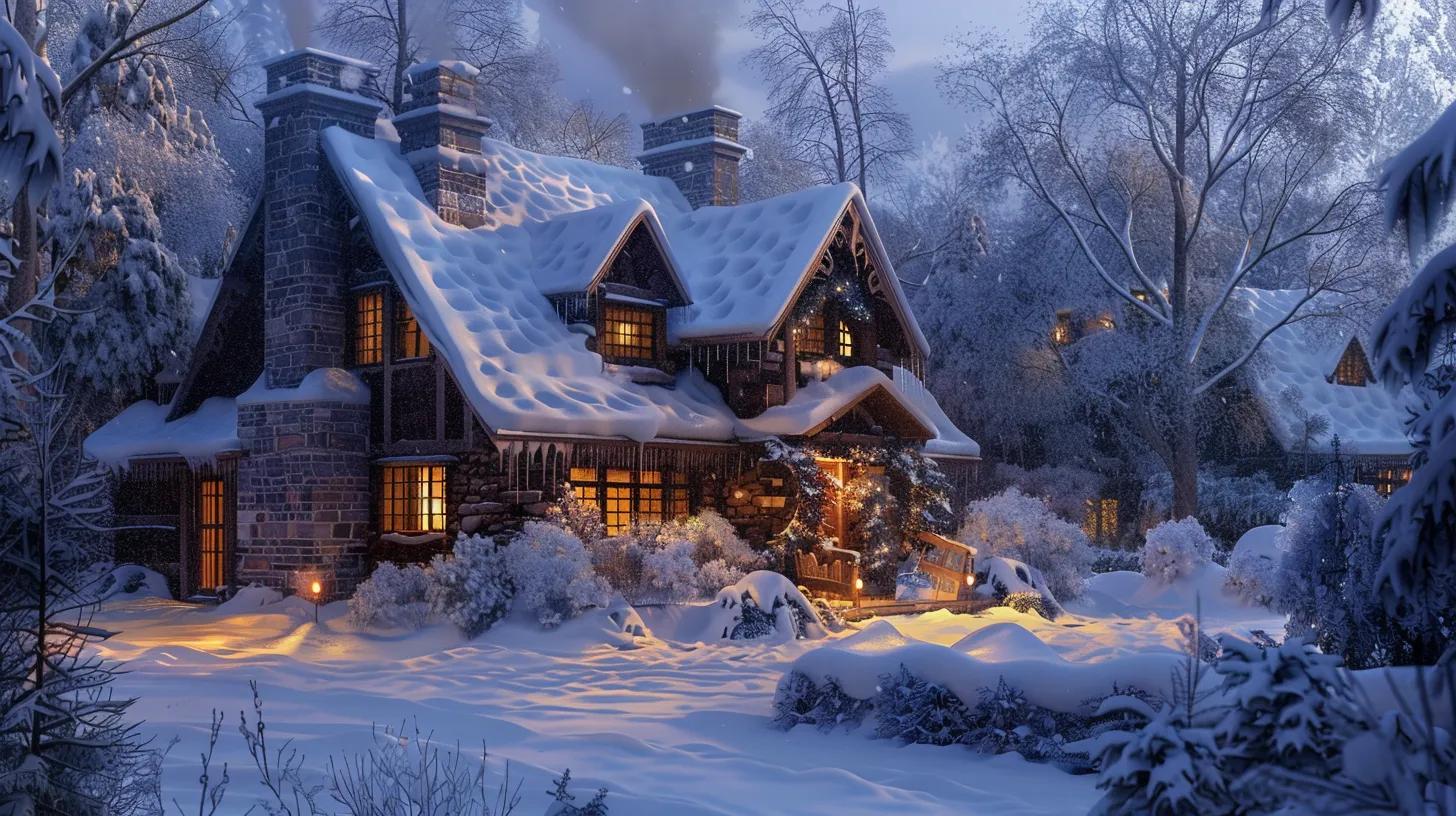
To effectively mitigate the risk of frozen pipes during extensive power outages, homeowners should adopt a strategic approach to preparation. With Metro Detroit grappling with the aftermath of gale force winds leading to prolonged power outages, the immediate concern for many is the potential for water freeze in their home's plumbing system. As cold temperatures are forecasted to linger, understanding and implementing measures to prevent pipes from freezing is crucial.
One effective preventative measure is to ensure a trickle of running water through the pipes. This continuous flow prevents water from settling in the pipes and freezing, which is a common cause of pipe bursting. Another important step is to open cabinet doors under sinks and where pipes are located, especially those along outside walls. This practice allows warmer air to circulate around the plumbing, significantly reducing the risk of pipe freezing. While these methods do not replace the benefits of pipe insulation, they are vital interim solutions to keep pipes from freezing during a power outage.
Insulating Your Pipes
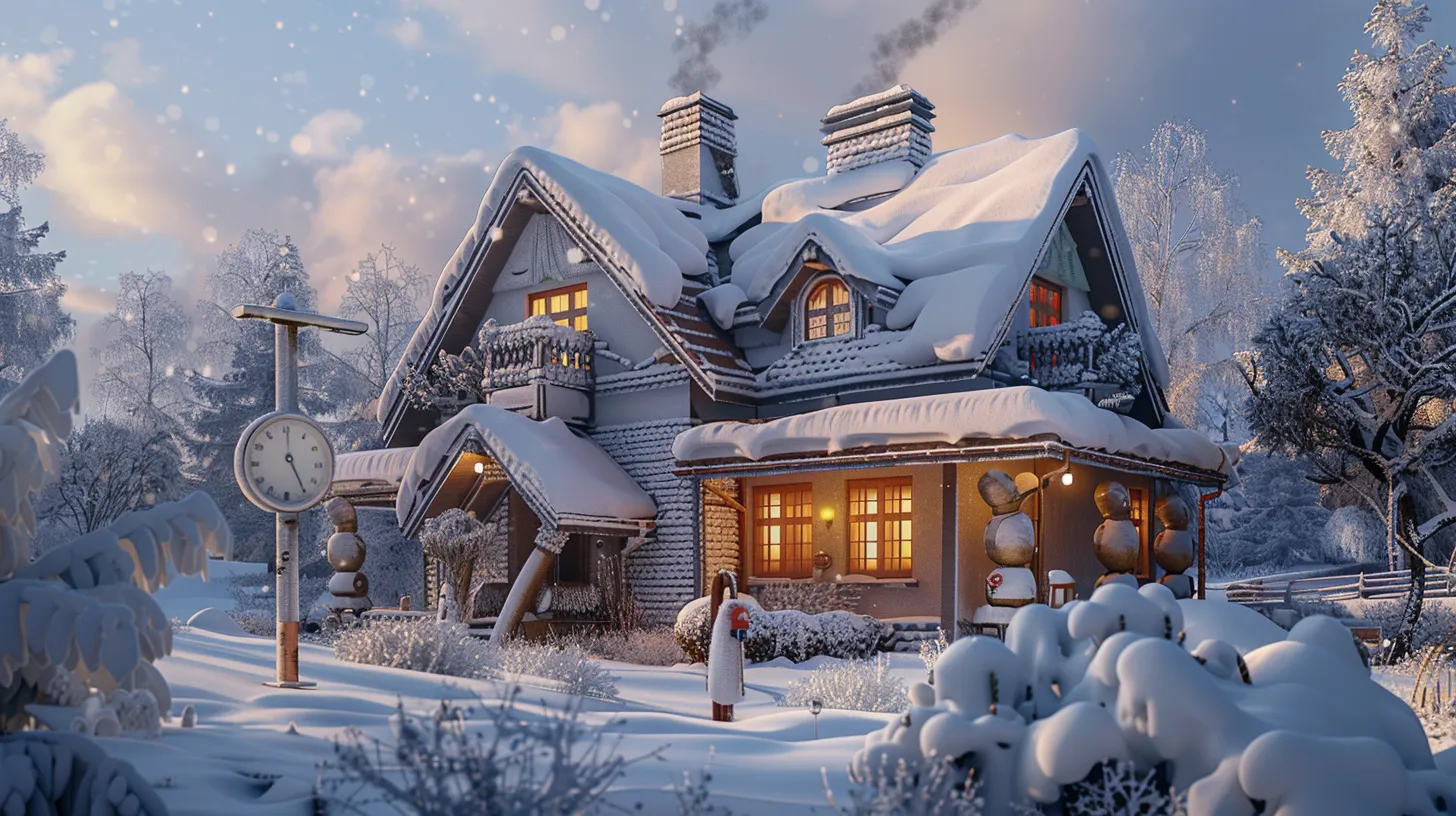
While ensuring a trickle of water and opening cabinet doors are effective temporary measures, insulating your pipes provides a more permanent solution to prevent freezing during power outages. The use of foam covers or heating tape on pipes acts as a critical defense against the harshness of cold weather, especially in critical areas such as attics and basements where the temperature tends to drop significantly. Insulating pipes is not only about wrapping them up; it's about securing the internal temperatures of water pipes, ensuring that the water within does not reach freezing points which can lead to bursting and extensive property damage.
Fiberglass, polyethylene, and foam covers are among the effective materials recommended for insulating pipes. These materials are designed to withstand low temperatures, offering a protective layer that helps maintain a stable temperature within the pipes. For homeowners looking for a more thorough and reliable solution, engaging professional plumbing companies can be a wise decision. These professionals can assess the vulnerability of your home's plumbing system to cold weather and install the appropriate insulation. This proactive measure can spare homeowners from the costly and inconvenient aftermath of frozen and burst pipes during power outages.
Emergency Measures Without Power
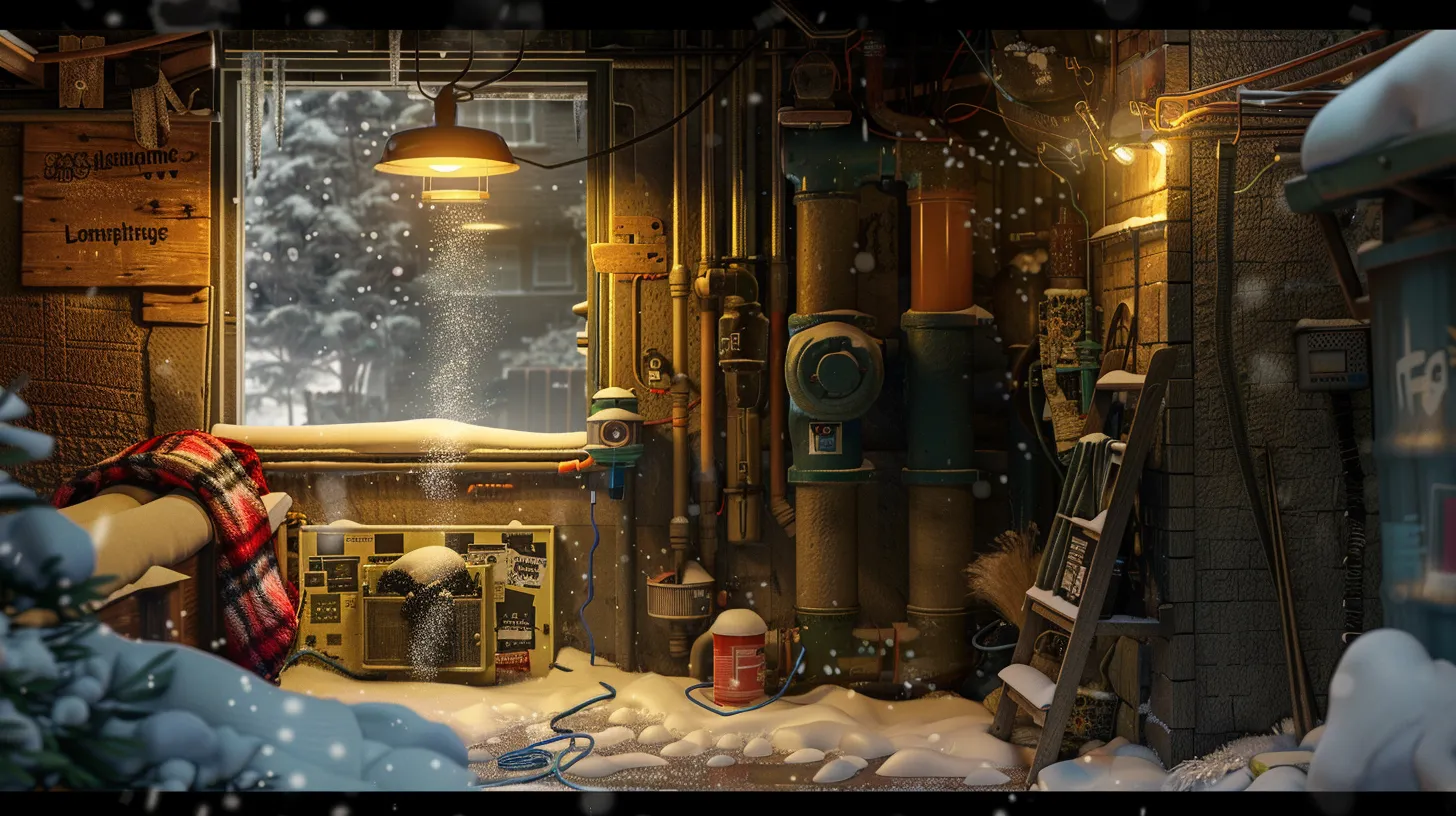
In the event of a power outage, several emergency measures can be employed to prevent pipes from freezing, ensuring the integrity of your home's plumbing system. Without the luxury of electric heating, homeowners must resort to alternative strategies to keep water supply lines running through exterior walls from succumbing to the cold. These methods focus not only on preventing the immediate issue of pipe freezes but also on maintaining a minimal level of warmth within the home to ensure that, as water thaws, it does not lead to water damage or burst pipes.
-
Running faucets at a fast drip : Keeping faucets open allows a continuous flow of water, which can prevent water from freezing inside pipes, especially those connected to the hot water tank.
-
Utilizing safe heat sources : Deploying kerosene heaters or even a strategically placed space heater (where possible) near vulnerable pipes can provide the necessary warmth to prevent freezing.
-
Leveraging sunlight : During daylight hours, keeping drapes open to let in sunlight can help elevate indoor temperatures, reducing the risk of freezing.
-
Focusing heat on essential areas : By maintaining the thermostat at 55°F and closing off unused rooms, you can concentrate heat within critical areas, protecting the core heating system and plumbing infrastructure.
Thawing Frozen Pipes Safely
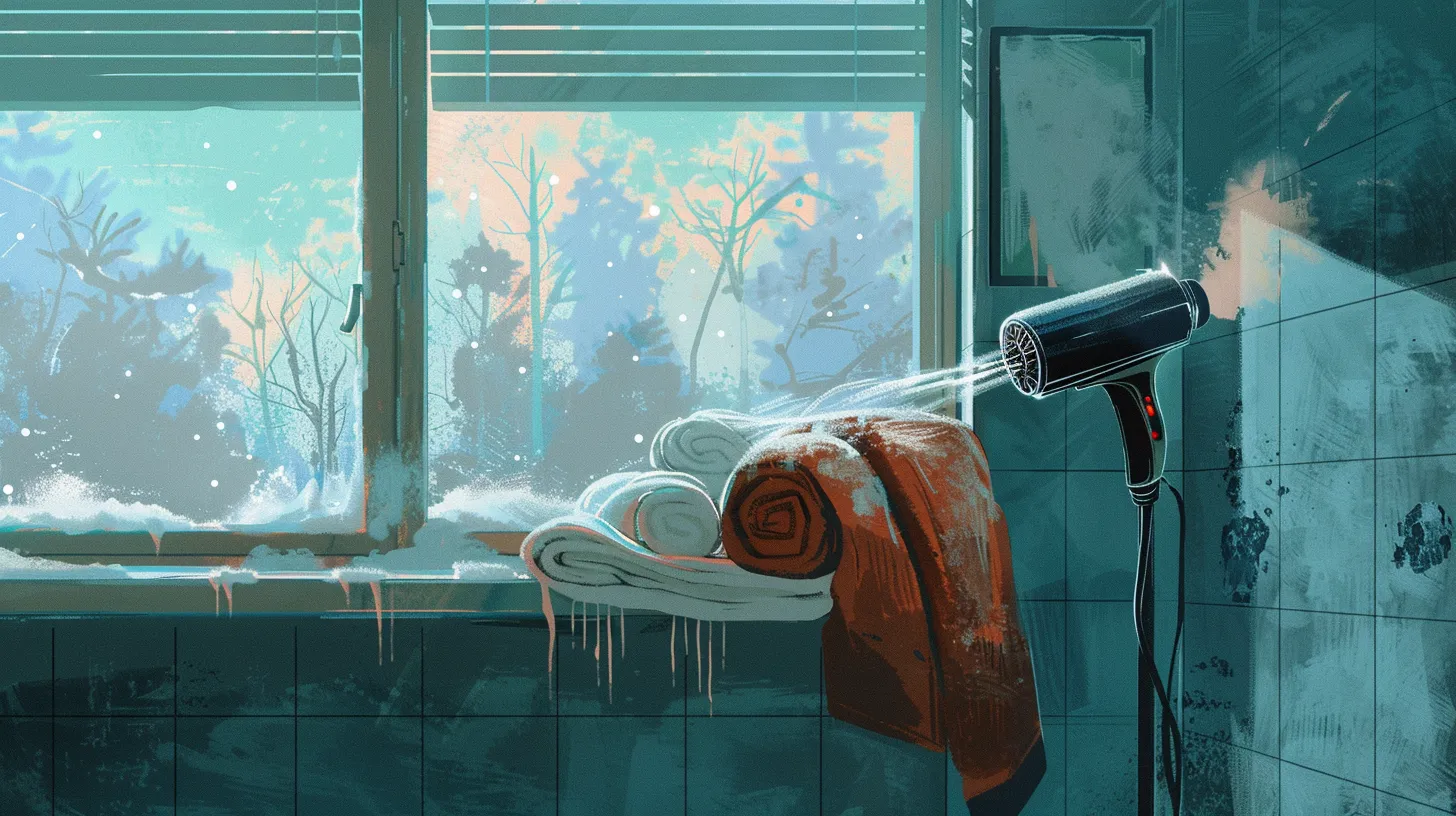
Having explored emergency measures for preventing pipe freezes during a power outage, it is crucial to address the proper techniques for safely thawing frozen pipes. When power is unavailable, traditional heating methods may not be an option. However, frozen pipes can still be safely thawed using alternatives such as a hairdryer, heat lamp, or towels soaked in hot water. These methods provide gentle heat that can help melt the ice within the pipes without causing damage.
Open flame devices should be avoided as they pose significant fire hazards and can damage the pipes. Keeping faucets open during the thawing process is essential. This allows melted ice to flow out, relieving pressure within the pipes and facilitating the thawing process. It's important to check all faucets for signs of additional frozen sections and apply safe heat accordingly.
In circumstances where the situation is beyond your capacity to safely manage, contacting a licensed plumber is advisable. A professional can ensure that your pipes are thawed safely and efficiently, minimizing the risk of damage or further issues. This approach not only restores water flow but also helps prevent the potential costs and inconveniences associated with burst pipes.
Winter Emergency Kit Essentials

A well-prepared winter emergency kit is essential for ensuring safety and resilience during severe cold weather conditions. As temperatures drop, the risk of pipes freezing increases, potentially leaving homes without essential water services. To mitigate this risk and maintain a level of preparedness for any winter emergency, including situations where you might need to keep your pipes from freezing or thaw them safely, certain items are indispensable.
-
Water Supply: Include 2 gallons of water per person per day to ensure you can keep water flowing and mitigate the risk of pipes freezing due to a lack of use.
-
Non-perishable Food and Tools: Pack enough non-perishable food, a can opener, and a first aid kit. These essentials support nourishment and basic medical needs, even if the power is out and you need to apply heat to thaw a frozen pipe.
-
Communication and Light: Ensure you have a charged cell phone, flashlight, and a battery-powered radio. This will help you stay informed and communicate if you need to Drain your hot water to relieve full water pressure from your plumbing system.
-
Warmth and Safety Items: Include warm clothing, blankets, hygiene items, and specific tools that could be used to safely apply heat to pipes during a power outage or to keep your home insulated.


